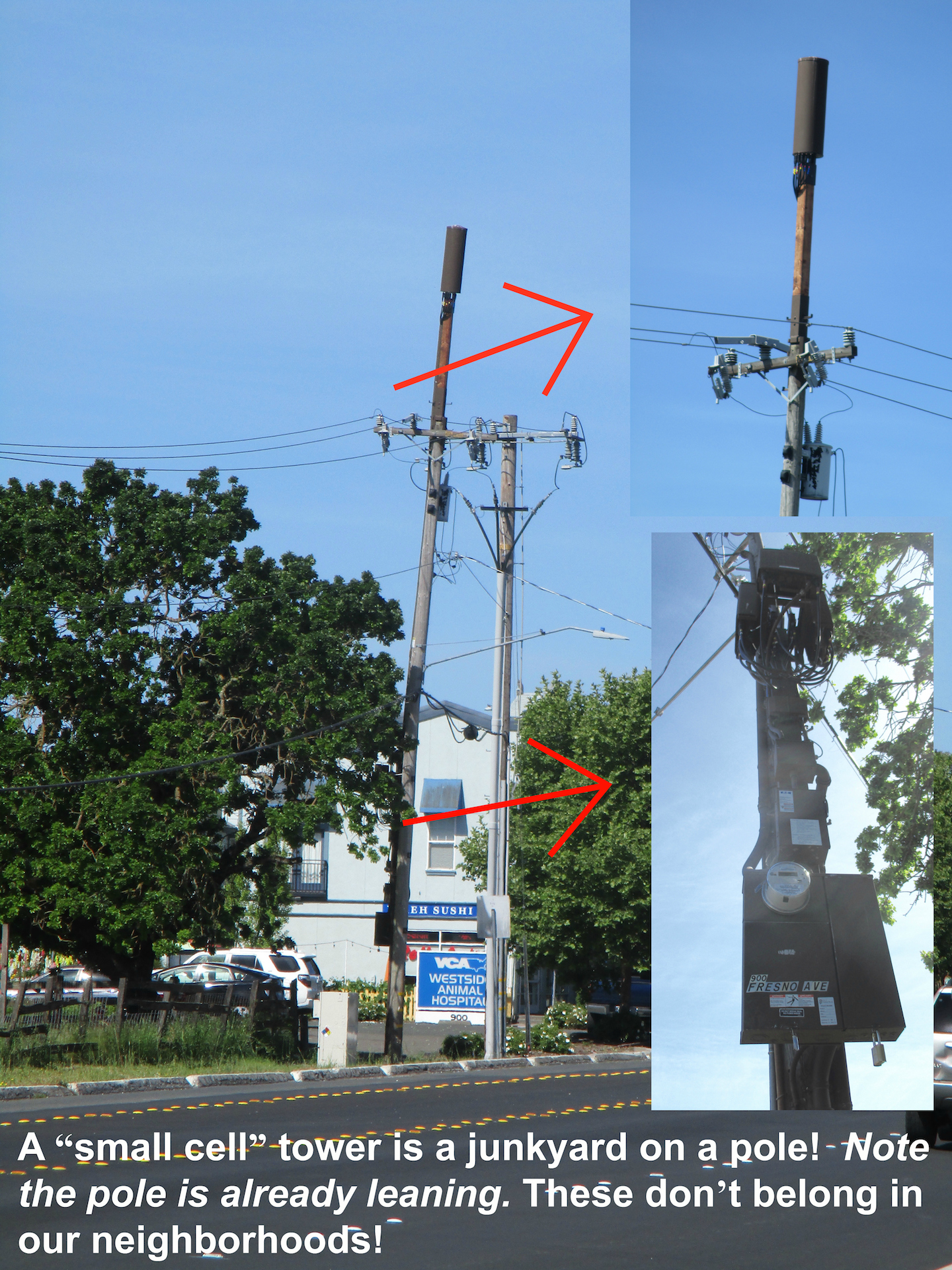If you've ever removed through a town, no doubt you've seen smaller micro 5G cell towers on streetlight poles. http://fogcoffee62.xtgem.com/__xt_blog/__xtblog_entry/__xtblog_entry/33950595-what-is-the-safest-distance-coming-from-a-5g-cell-system?__xtblog_block_id=1#xt_blog look like little boxes, yet they transmit wireless signals from cell phone carriers for your cell phone.

These smaller podiums are gradually having the place associated with bigger, purpose-built cellular towers. Although they are less noticeable, they might nonetheless pose difficulties for persons.
Radiation Exposure Thresholds Set from the FCC
The Radiation Publicity Thresholds established simply by the FCC identify the safe length where an individual may be encountered with electromagnetic radiation through wireless devices. The exposure restrictions depend on scientific evidence that RF energy may impair human health and fitness.
what is a safe distance from a 5g cell tower (SAR) is a measurement associated with how much radiofrequency energy tissue absorbs. A typical value is 1. 6 watts per kilogram, averaged across 1 gram of muscle.
Yet, since 5g transmits at larger frequencies, it has the potential to improve the intensity involving radiation on the particular skin and other instantly exposed areas of the body. This has the potential to cause a new broad variety of negative consequences, such as worsening of skin area illnesses such while dermatitis, skin cancers, and cataracts.
Thanks of the potentially serious consequences of 5G radiation, PSU has opted to enforce a localized electric power density restriction regarding 4 mW/cm2 proportioned over 1 cm2 for many 5G solutions at 3000 Gigahertz, not to exceed 35 minutes. The maximal spatial-average SAR of 1. 6 W/kg averaged across just one g of tissues at 6 GHz is consistent using this confined limit.
Maximum Exposure Thresholds Set by typically the FCC
Should you have at any time used a mobile phone phone, you're very likely aware that a new safe distance through the tower is in least 400 meters. This is credited to the simple fact that the sending strength of the cellular tower rises significantly as you go farther away from it.
Although this seems to end up being a great idea, the fact is those who live close to towers may become more prone in order to health concerns. A new 2014 research in India, for example, found that occupants living within 40 meters of mobile towers had a lot higher health issues as compared to those living further away from typically the antennas.
Yet, this specific research found that will inhabitants who relocated to regions even more away from cell towers had a come back to normalcy within a couple of days. Additional research has shown that extented exposure to high ranges of radiofrequency electromagnetic fields (EMFs) might lead to cancer, brain tumors, and other health concerns.
This particular is due to be able to the fact that RF radiation, which usually is utilized for cellular communication, is able to penetrate the human bodies outer layer, skin. This is substantial for the reason that skin provides as a protecting barrier against mechanical damage, infection simply by pathogenic bacteria, and hazardous chemical transmission. It is also the biggest appendage in the individual body and is also inside charge of ensuring the integrity involving the other bodily organs.
Minimum Exposure Thresholds Set by the particular FCC
The Nominal Exposure Thresholds established by the FCC are based upon various assumptions that will are not maintained scientific data. They include the inappropriate notion that immediate RF radiation publicity is safe owing to be able to little penetration into the body (i. e., tissue heating).
The assumption furthermore overlooks the much deeper penetration of revised RF signals' ELF components, as nicely as the effects of brief breaks of heat by pulsed RF surf. These assumptions will be inconsistent with present knowledge of the neurological effects of RF rays and should not always be utilized to place health-protective exposure degrees.
Moreover, the ICNIRP and FCC constrict their maximum exposure limits to neighborhood peak SARs based on peak spatial special absorption rate (psSAR), which is the insufficient dosimetric technique for evaluating the degree of RF radiation exposure. From frequencies over six GHz, psSAR is usually very incorrect. Additionally, psSAR is actually not analyzed in conjunction using other environmental aspects for example sunshine. Relationships between RF light and other environmental issues might have antagonistic or perhaps synergistic effects. This would raise the chance of negative health impacts. Co-exposure in order to RF radiation in addition to sunshine, for example, may raise typically the risk of skin cancer and aggravate other skin conditions like as pimples.
